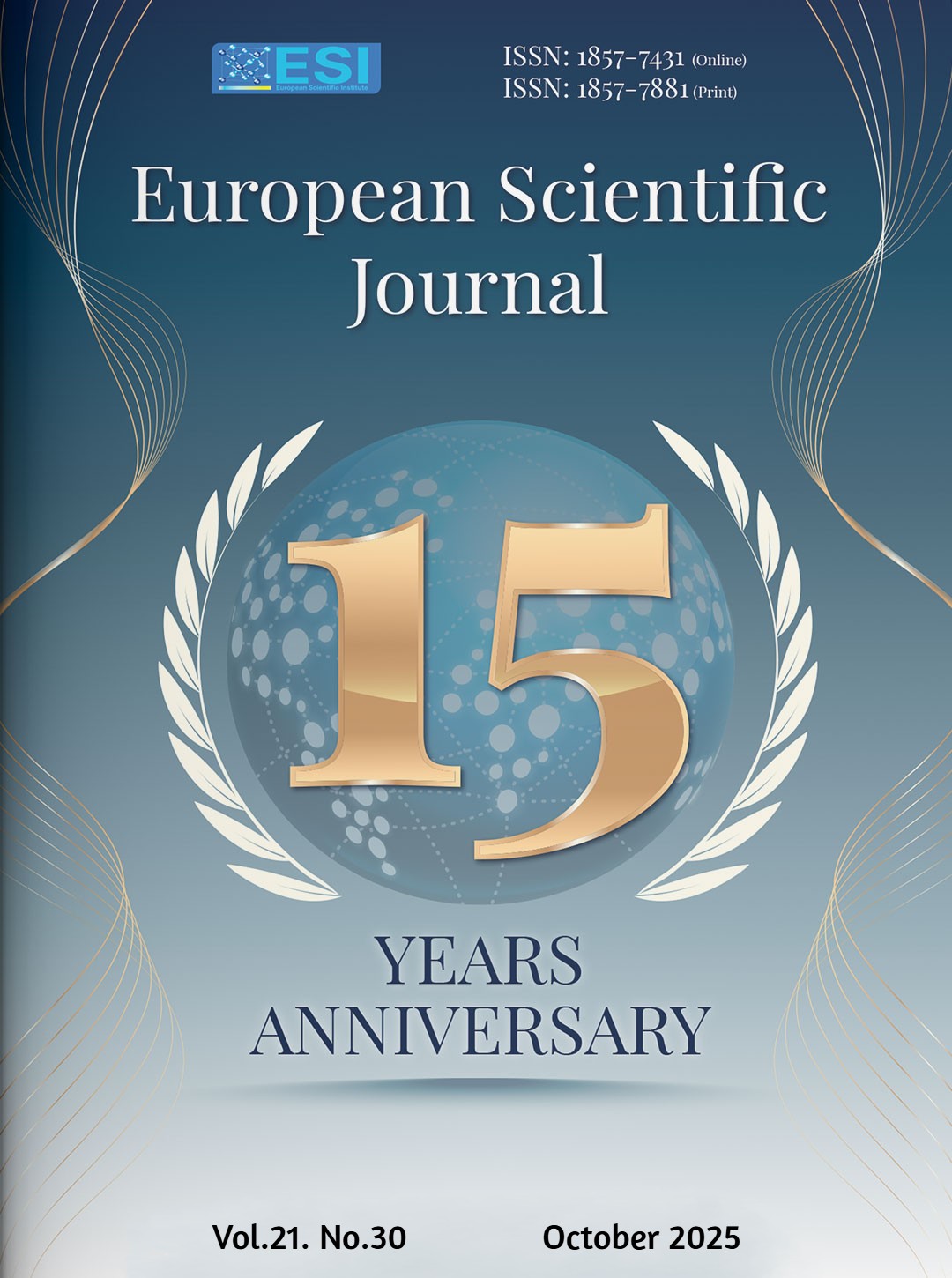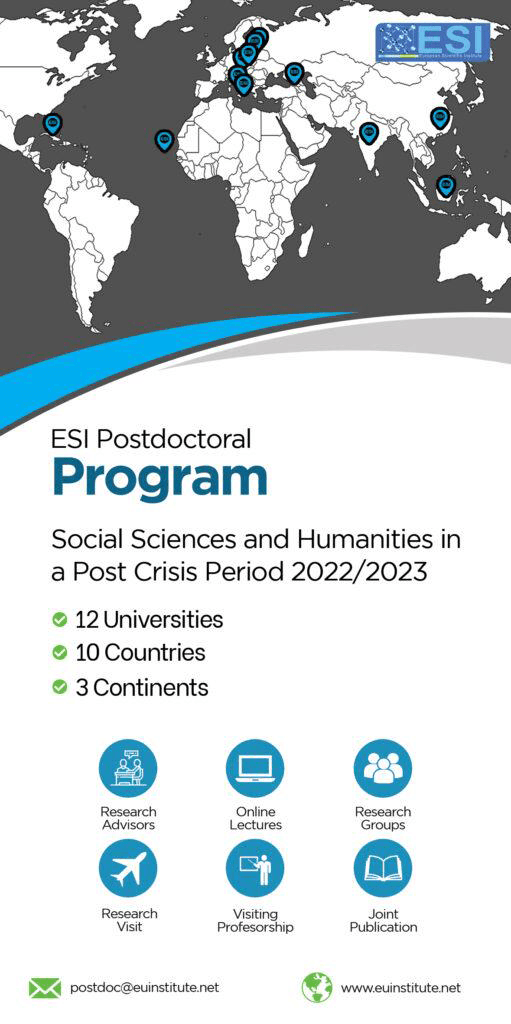Estimation de la densite des ligneux avec des images drones dans les ecosystemes Saheliens du Senegal
Abstract
Les avancées récentes des drones et du traitement des données permettent aujourd’hui de produire des images hautes résolution et des modèles 3D utiles pour évaluer les attributs des arbres. Cette étude a été menée à Widou thiengoly dans la localité du Ferlo, Nord du Sénégal, avec comme objectif général d’appliquer une approche photogrammétrique pour la mesure de la densité des tiges (tiges/ha) avec des images drones. Une méthode de l’approche arbre basée sur un modèle numérique de hauteur d'une zone d'étude de 10 hectares a été mise en œuvre, ce modèle a été construit à partir d'images obtenues par des drones. Au total, 92 arbres de référence ont été comptés dans le cadre de cette étude et l'algorithme a détecté 75 arbres, ce qui donne une précision supérieure à 90 % (score F de 0,93). Dans l'ensemble, l'algorithme a manqué 10 arbres (erreurs d'omission) et a faussement détecté 3 arbres (erreurs de commission), ce qui donne un compte total de 88 arbres. Cette étude suggère que l'algorithme de filtrage des maxima locaux combiné avec des tailles de fenêtre optimale, appliqués sur un Modèle Numérique de Hauteur construit par photogrammétrie est capable d’effectuer des comptages d'arbres avec une précision acceptable (F > 0,90) dans la zone sahélienne.
Recent advances in drone technology and data processing now make it possible to generate high-resolution images and 3D models that are useful for assessing tree attributes. This study was conducted in Widou Thiengoly, in the Ferlo area of northern Senegal, with the overall objective of applying a photogrammetric approach to measure stem density (stems/ha) using drone imagery. A tree-based method was implemented on a Digital Height Model covering a 10-hectare study area, constructed from drone images. In total, 92 reference trees were counted during the study, and the algorithm detected 75 trees, resulting in an accuracy above 90% (F-score of 0.93). Overall, the algorithm missed 10 trees (omission errors) and falsely detected 3 trees (commission errors), giving a total count of 88 trees. This study suggests that the local maxima filtering algorithm, combined with optimal window sizes and applied to a photogrammetrically derived Digital Height Model, can perform tree counts with acceptable accuracy (F > 0.90) in the Sahelian zone.
Downloads
Metrics
PlumX Statistics
References
2. Agisoft LLC. (2018). Agisoft PhotoScan user manual (121 p). Agisoft LLC.
3. Angiosperm Phylogeny Group IV (APG IV). (2016). An update of the Angiosperm Phylogeny Group classification for the orders and families of flowering plants: APG IV. Botanical Journal of the Linnean Society, 181(1), 1–20. https://doi.org/10.1111/boj.12385
4. Bergseng, E., Ørka, H. O., Næsset, E., & Gobakken, T. (2015). Assessing forest inventory information obtained from different inventory approaches and remote sensing data sources. Annals of Forest Science, 72(1), 33–45. https://doi.org/10.1007/s13595-014-0400-5
5. Bourgoin, C., Betbeder, J., Couteron, P., Blanc, L., Le Roux, R., & Cornu, G. (2020). UAV-based canopy textures assess degraded structures in human-modified Amazonian forest. Ecological Indicators. Advance online publication. https://doi.org/10.1016/j.ecolind.2020.106236
6. Brundtland, G. H. (1987). Our common future—Call for action. Environmental Conservation, 14(4), 291–294. https://doi.org/10.1017/S0376892900016855
7. Clark, D. B., Castro, C. S., Alvarado, L. D. A., & Read, J. M. (2004). Quantifying mortality of tropical rain forest trees using high-spatial resolution satellite data. Ecology Letters, 7(1), 52–59. https://doi.org/10.1046/j.1461-0248.2003.00547.x
8. Dandois, J. P., & Ellis, E. C. (2013). High spatial resolution three-dimensional mapping of vegetation spectral dynamics using computer vision. Remote Sensing of Environment, 136, 259–276. https://doi.org/10.1016/j.rse.2013.04.005
9. Dandois, J. P., Olano, M., & Ellis, E. C. (2015). Optimal altitude, overlap, and weather conditions for computer vision UAV estimates of forest structure. Remote Sensing, 7(10), 13895–13920. https://doi.org/10.3390/rs71013895
10. Diallo, A., Faye, M. N., & Guissé, A. (2011). Structure des peuplements ligneux dans les plantations d’Acacia senegal L. Wild dans la zone de Dahra Ferlo, Sénégal. Revue d’Écologie, 66, 415–427.
11. Fraser, B. T., & Congalton, R. G. (2018). Issues in unmanned aerial systems data collection of complex forest environments. Remote Sensing, 10(6), 908. https://doi.org/10.3390/rs10060908
12. Gonçalves, J. A., & Henriques, R. (2015). UAV photogrammetry for topographic monitoring of coastal areas. ISPRS Journal of Photogrammetry and Remote Sensing, 104, 101–111. https://doi.org/10.1016/j.isprsjprs.2015.02.009
13. Google. (2015). Imagerie satellite dans Google Earth. https://www.google.com/earth
14. Isaac, M. E., Sinclair, F., Laroche, G., Awokuse, T., Baral, H., Bayala, J., Bisseleua, D., ... & van Noordwijk, M. (2024). The ties that bind: How trees can enhance agroecological transitions. Agroforestry Systems, 98, 2369–2383. https://doi.org/10.1007/s10457-024-01014-6
15. Kattenborn, T., Eichel, J., & Fassnacht, F. E. (2019). Convolutional neural networks enable efficient, accurate and fine-grained segmentation of plant species and communities from high-resolution UAV imagery. Scientific Reports, 9, 17656. https://doi.org/10.1038/s41598-019-53797-9
16. La, H. P., Eo, Y. D., Chang, A., & Kim, C. (2015). Extraction of individual tree crown using hyperspectral image and LiDAR data. KSCE Journal of Civil Engineering, 19(4), 1078–1087. https://doi.org/10.1007/s12205-013-0460-7
17. Leclère, L., & Tech, G. A. B. (2018). Apport de la télédétection aérienne à très haute résolution pour la caractérisation qualitative et quantitative de la ressource forestière: Application à un massif forestier feuillus en Ardenne belge (Mémoire de master, Université de Liège, 96 p).
18. Lim, Y. S., La, P. H., Park, J. S., Lee, M. H., Pyeon, M. W., & Kim, J. I. (2015). Calculation of tree height and canopy crown from drone images using segmentation. Journal of the Korean Society of Surveying, Geodesy, Photogrammetry and Cartography, 33(6), 605–614. https://doi.org/10.7848/ksgpc.2015.33.6.605
19. Lisein, J., Pierrot-Deseilligny, M., Bonnet, S., & Lejeune, P. (2013). A photogrammetric workflow for the creation of a forest canopy height model from small unmanned aerial system imagery. Forests, 4(4), 922–944. https://doi.org/10.3390/f4040922
20. Lizuka, K., Yonehara, T., Itoh, M., & Kosugi, Y. (2018). Estimating tree height and diameter at breast height (DBH) from digital surface models and orthophotos obtained with an unmanned aerial system for a Japanese cypress (Chamaecyparis obtusa) forest. Remote Sensing, 10(1), 13. https://doi.org/10.3390/rs10010013
21. Messinger, M., Asner, G. P., & Silman, M. (2016). Rapid assessments of Amazon forest structure and biomass using small unmanned aerial systems. Remote Sensing, 8(8), 615. https://doi.org/10.3390/rs8080615
22. Mohan, M., Silva, C. A., Klauberg, C., Jat, P., Catts, G., Cardil, A., Hudak, A. T., & Dia, M. (2017). Individual tree detection from unmanned aerial vehicle (UAV) derived canopy height model in an open canopy mixed conifer forest. Forests, 8(9), 340. https://doi.org/10.3390/f8090340
23. Navarro, J. A., Algeet, N., Fernández-Landa, A., Esteban, J., Rodríguez-Noriega, P., & Guillén-Climent, M. L. (2019). Integration of UAV, Sentinel-1, and Sentinel-2 data for mangrove plantation aboveground biomass monitoring in Senegal. Remote Sensing, 11(1), 77. https://doi.org/10.3390/rs11010077
24. Ndiaye, O. (2013). Caractéristiques des sols, de la flore et de la végétation du Ferlo, Sénégal (Thèse de doctorat unique, Université Cheikh Anta Diop de Dakar, 114 p).
25. Ota, T., Ogawa, M., Shimizu, K., Kajisa, T., Mizoue, N., & Yoshida, S. (2015). Aboveground biomass estimation using a structure from motion approach with aerial photographs in a seasonal tropical forest. Forests, 6(11), 3882–3898. https://doi.org/10.3390/f6113882
26. Panagiotidis, D., Abdollahnejad, A., Surový, P., & Chiteculo, V. (2017). Determining tree height and crown diameter from high-resolution UAV imagery. International Journal of Remote Sensing, 38(8–10), 2392–2410. https://doi.org/10.1080/01431161.2016.1264028
27. Pix4D. (2019). Pix4Dmapper 4.5 user manual. Pix4D SA. https://support.pix4d.com
28. Pouliot, D. A., King, D. J., & Pitt, D. G. (2005). Development and evaluation of an automated tree detection–delineation algorithm for monitoring regenerating coniferous forests. Canadian Journal of Forest Research, 35(1), 2332–2345. https://doi.org/10.1139/x05-146
29. Puttock, A. K., Cunliffe, A. M., Anderson, K., & Brazier, R. E. (2015). Aerial photography collected with a multirotor drone reveals impact of Eurasian beaver reintroduction on ecosystem structure. Journal of Unmanned Vehicle Systems, 3(3), 123–130. https://doi.org/10.1139/juvs-2015-0015
30. Read, J. M., Clark, D. B., Venticinque, E. M., & Moreira, M. P. (2003). Application of merged 1-m and 4-m resolution satellite data to research and management in tropical forests. Journal of Applied Ecology, 40(3), 592–600. https://doi.org/10.1046/j.1365-2664.2003.00814.x
31. Sadhasivam, N., Dineshkumar, C., Rahaman, S. A., & Bhardwaj, A. (2019). Estimation of forest tree heights and crown diameter using high-resolution images from UAV: A case study of Kalesar, Haryana. In International conference on unmanned aerial system in geomatics (pp. 253–263). Springer. https://doi.org/10.1007/978-3-030-17804-6_21
32. Silva, C. A., Crookston, N. L., Hudak, A. T., & Vierling, L. A. (2015). rLiDAR: An R package for reading, processing and visualizing LiDAR (light detection and ranging) data (Version 0.1, 24 p). http://cran.r-project.org/web/packages/rLiDAR/index.html
33. Tang, L., & Shao, G. (2015). Drone remote sensing for forestry research and practices. Journal of Forestry Research, 26(4), 791–797. https://doi.org/10.1007/s11676-015-0088-y
34. Thibaut, Q. (2019). Structure d'une forêt claire de type miombo par imageries drone et satellitaire (Travail de fin d’études, Université de Liège – Gembloux Agro-Bio Tech, 70 p).
35. Vauhkonen, J., Korpela, I., Maltamo, M., & Tokola, T. (2010). Imputation of single-tree attributes using airborne laser scanning-based height, intensity, and alpha shape metrics. Remote Sensing of Environment, 114(6), 1263–1276. https://doi.org/10.1016/j.rse.2010.01.016
36. Wallace, L., Lucieer, A., Malenovský, Z., Turner, D., & Vopěnka, P. (2016). Assessment of forest structure using two UAV techniques: A comparison of airborne laser scanning and structure from motion (SfM) point clouds. Forests, 7(3), 62. https://doi.org/10.3390/f7030062
37. White, J. C., Stepper, C., Tompalski, P., Coops, N. C., & Wulder, M. A. (2015). Comparing ALS and image-based point cloud metrics and modelled forest inventory attributes in a complex coastal forest environment. Forests, 6(10), 3704–3732. https://doi.org/10.3390/f6103704
38. Wulder, M. A., Dechka, J. A., Gillis, M. A., Luther, J. E., Hall, R. J., Beaudoin, A., & Franklin, S. E. (2003). Operational mapping of the land cover of the forested area of Canada with Landsat data: EOSD land cover program. The Forestry Chronicle, 79(6), 1075–1083. https://doi.org/10.5558/tfc791075-6
39. Zarco-Tejada, P. J., Diaz-Varela, R., Angileri, V., & Loudjani, P. (2014). Tree height quantification using very high resolution imagery acquired from an unmanned aerial vehicle (UAV) and automatic 3D photo-reconstruction methods. European Journal of Agronomy, 55, 89–99. https://doi.org/10.1016/j.eja.2014.01.004
Copyright (c) 2025 Ramata Talla, Diara Sylla, Ndiabou Faye, Moustapha Bassimbé Sagna, Aly Diallo, Oumar Sarr, Aliou Guisse

This work is licensed under a Creative Commons Attribution 4.0 International License.








